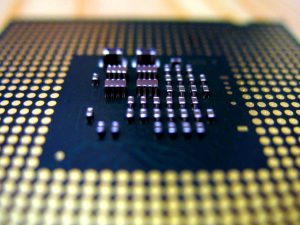Anandtech’s Dr. Ian Cutress, aka the Chip Whisperer, recently published a look at the custom Elbrus VLIW design that’s been used in Russian  computers for years. Documentation on this architecture has been scarce, given that it was hard to get hands-on time with a system outside of Russia. But recently published online documentation spreads some new light.
computers for years. Documentation on this architecture has been scarce, given that it was hard to get hands-on time with a system outside of Russia. But recently published online documentation spreads some new light.
The design seems to have its roots in the SPARC architecture, and uses a compiler-focused design, meaning optimizations are at the compiler, rather than silicon level. I trust Dr. Cutress knows far more than I’ll ever know about chip design, but given it’s VLIW approach, x86 binary translation, and compiler optimizations, it also sounds a lot like the approach to chip design Transmeta used many years ago.
As trade tensions create uncertainty with supply chains, it appears these state-sponsored chip designs may become increasingly common. While not a full custom solution, we’ve already seen China partner (through a bizarre series of subsidiaries) with AMD on the x86-based Hygon Dhyana chips. The combination of a lack of documentation, investment of state dollars, and the ability to design and program against a specific piece of silicon might have some distinct advantages for state organizations. As a fan of open ecosystems and documentation, I can’t say that I’m thrilled by this direction. But clearly we’re seeing a trend to custom silicon.
Read more at AnandTech Russia’s Elbrus 8CB Microarchitecture: 8-core VLIW on TSMC 28nm




